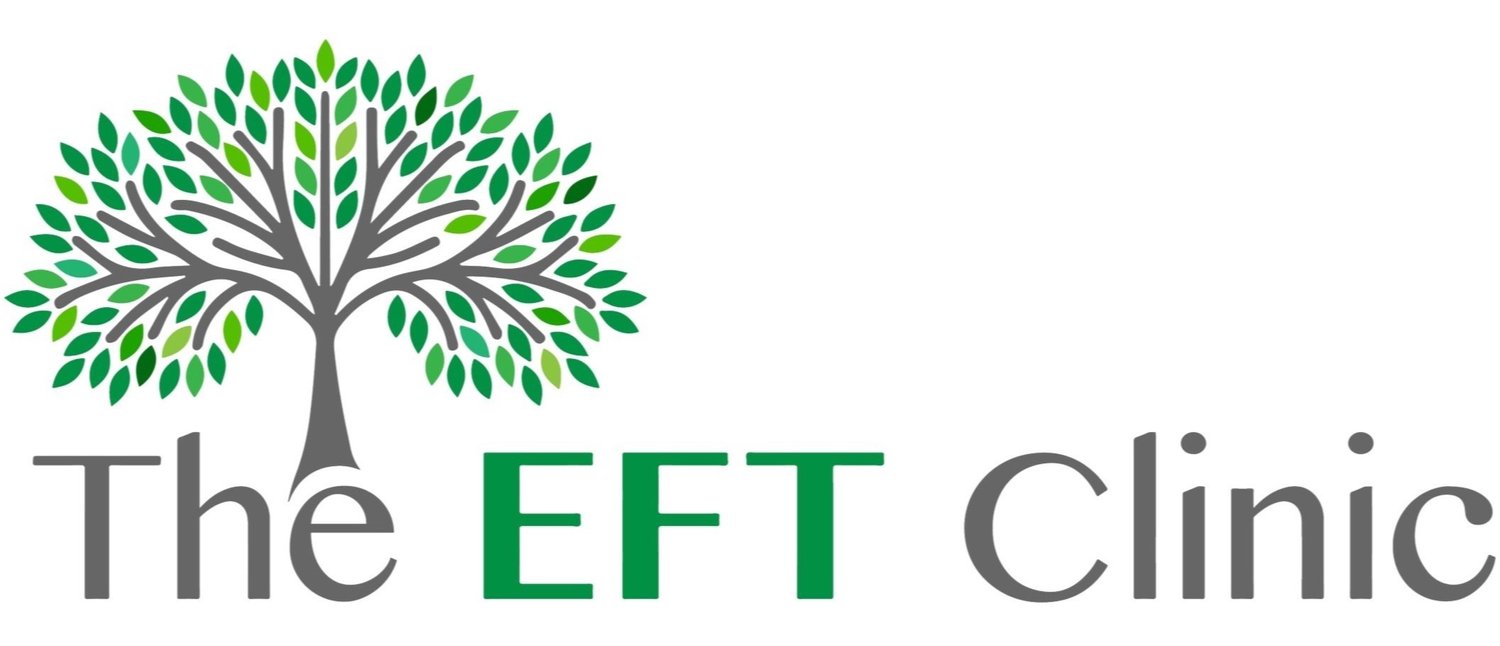Stepfamily Success
/Stepfamily Success
by Marianne Vaughn, LMFT
Every family has challenges, but stepfamilies face distinct challenges that are built into the architecture of the stepfamily life. Recently, a couple shared with me, “We never knew we could be so happy in marriage! We were so hopeful that with this new beginning, we could finally have the kind of marriage and family we have always wanted. But our challenges as a stepfamily feel overwhelming, and we feel discouraged and stuck.” This sentiment is common, and we can find clarity as we understand how first-time families and stepfamilies are different, as well as the challenges that stepfamilies universally face.
When we take on a new endeavor, we tend to draw from what we already know. Often, new stepcouples naturally use their experience in first-time families to guide them in building a new stepfamily. When all their love, hopes, and good intentions seem to be in vain, confusion and discouragement can set in. As we address the key differences between first-time families and stepfamilies in therapy, I often hear couples say with relief, “No wonder it’s been so difficult. We have been trying so hard, but we just didn’t have the right blueprint!”
First-Time Family vs. Stepfamily Blueprints
In first-time families, the couple has time together without children to connect, create shared patterns, and iron out wrinkles in their relationship. Children are born hard-wired for attachment with each of their parents, and parents are hard-wired for connection with their children. New babies join the family with no preconceived notions about families, open to learning and growing within the family.
If a first-time family separates, each member of the family experiences losses. Also, new traditions evolve. One family shared with me that in mom’s new home, the kids delighted in nightly dance parties with her in the kitchen before bed. When all goes well, single-parent families adjust to new roles and patterns within this new structure.
Challenge #1: Insider/Outsider Positions
When a stepparent joins the single-parent family, they enter as an outsider; the single parent and the children are the insiders, and often these bonds have become very close. This presents challenges that many couples don’t anticipate. Couples who are deeply in love and yearn for children to readily accept a stepparent may feel disappointed by a child’s resistance. A parent might feel when hurt or discouraged when the stepparent doesn’t adore their stepchildren children like the parent does. A stepparent may feel unimportant to their spouse as they tend to the needs of their biological children.
The insider/outsider challenge begins early on for stepcouples, and the stepfamily structure can reinforce and maintain them. It is a dynamic that endures but can be lessened over time.
How to Soften Insider/Outsider Positions
It is imperative for partners to discuss their feelings about their insider and outsider positions openly with each other. This lends comfort and support to each partner and strengthens the relationship. The difficult feelings that come with these positions do not go away when left alone. They can only be resolved by intentionally talking about them together.
Normalize behavior that goes along with insider/outsider roles in stepfamilies, rather than pathologizing the behavior. It’s predictable and normal for outsiders to feel neglected. It’s normal for insiders to feel divided and anxious as they balance taking care of all the people they love within a stepfamily.
Intentionally create one-on-one time. Each individual relationship in a stepfamily needs opportunities to connect. Not only do couples need time alone together. Also, parents need to make one-on-one time with each child, and stepparents need one-on-one time with each stepchild.
Creating patterns, traditions and memories that include everyone in the stepfamily can strengthen each relationship. Going to the library with young children and going on a hike with older children are examples of ways to appeal to a range of ages. Also, family activities like vacations that everyone enjoys can bring unity and positive memories to strengthen the family as a whole.
If you are feeling stuck in an insider or outsider position, or if other stepfamily dynamics feel overwhelming, a skilled therapist can help to facilitate open communication, resolve differences, or to heal old wounds so that adjusting to stepfamily life can feel easier.
Marianne is a Licensed Marriage & Family Therapist at The EFT Clinic in Lehi, Utah, and believes in the value of healthy, supportive relationships for ideal individual, couple and family functioning. Specializing in couples therapy, she uses her advanced training in Emotionally Focused Therapy (EFT) to strengthen connections and heal from relational pain. Marianne is especially passionate about helping her clients with divorce adjustment, remarriage and stepfamilies.








